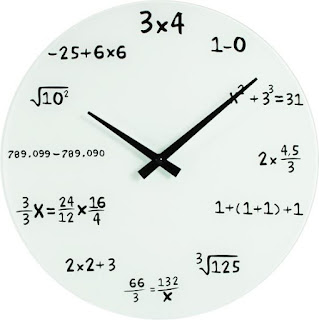Something has just clicked with her and I watched, beaming, as she began answering exam questions PERFECTLY. And I mean even the 'workings' she used to check her answers midway through a question were well-placed in the answer space.
It was even a calculator paper and she didn't even reach for one throughout.
Over the past year and a half I've been working with Louise who, at the beginning of our very first meeting, declared herself "terrible at Maths". Over time our short time together, this has proved to be quite different from the truth. A slow grow of confidence and an unpicking of the knotty topics with which she was struggling and we found ourselves stumbling around with Exam Craft.
How to answer exam questions, the process of answering. Making life easier for the examiner marking your question paper. And picking up all the points for each question.
In this particular lesson we were concentrating on Ratios. We had a handful of exam questions on Ratios and we read through them all in order to create our 'Leave Me / Watch Me / Show Me' table - where we put questions in columns according to how confident the tutee feels about them. For example, questions in the 'Leave Me' column means the tutee is confident enough to do the question herself without intervention from me. Questions in the 'Show Me' column mean she has no confidence and wouldn't even know how to begin answering them.
 |
| Leave Me / Watch Me / Show Me table |
As she tackled each question I watched her use my "PDR?" technique. This is where we [P] Plan / Prepare, [D] Do the Maths and workings, [R] Review our answers and [?] ask ourselves whether we should move on to the next question yet.
Louise 'Prepared' by highlighting the words and numbers she wanted to focus on - unpicking the meaning of the question itself. She then 'Did' the maths - worked out, using a new line for each new change that she made - giving short labels to each of the important numbers she found.
I was watching her arrive at the right answer but INSTEAD of just putting her pencil down with relief that the answer was over she continued by revisiting the wording of question and then retracing the steps of her answer. 'Reviewing'. She had asked herself "Does this answer feel right?".
It was then that she concluded she didn't need to add to the answer any further and decided to 'Move On'.
It was like watching the perfect answering technique in action. And if I was the Examiner marking her answer here then I would have been in no doubt as to what Louise had done in order to work through the problem - making the Examiner's job as easy as possible and giving them no choice but to award full marks.



